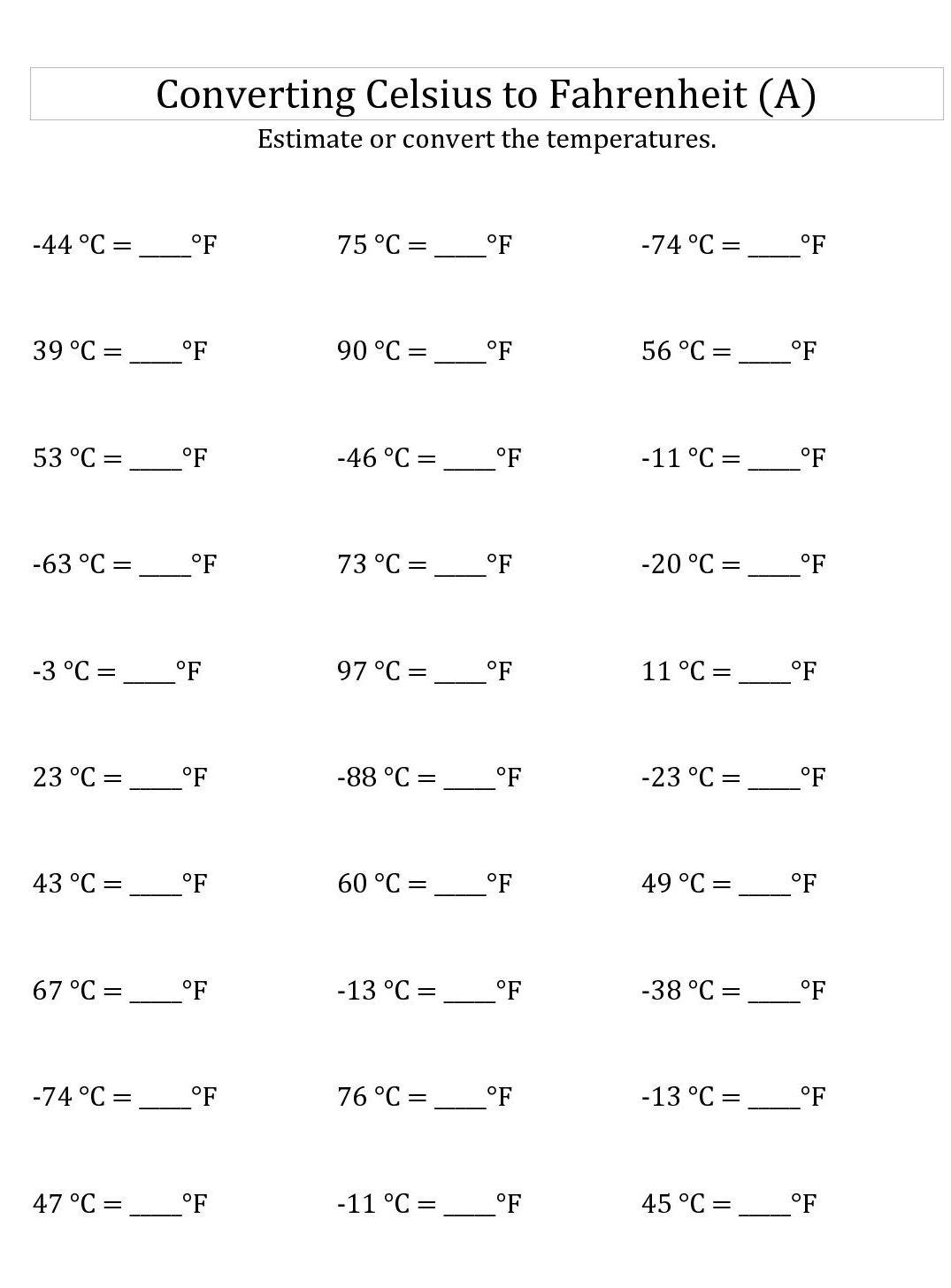
The following figure shows the three scales: Fahrenheit, Celsius, and Kelvin. The temperature could never be negative on this scale, and because of that, it's used in all mathematical calculations where the temperature is a variable. Here, ice melts at 273 degrees, and water boils at 373 degrees. British scientist Lord Kelvin defined this scale in the nineteenth century. That is the absolutely coldest temperature possible and called absolute zero. The most scientific temperature scale is the Kelvin (K) scale, which also has 100 divisions between the freezing and boiling points of water, but the zero-point is defined as the point where all molecular motion comes to a grinding halt.

It is the coldest possible temperature: -273 degrees C, or -459 degrees F or 0 K.

F to c weather calculator how to#
It's really 78 degrees, but at least you'll know how to dress without getting out a calculator.Ībsolute zero is the point where all molecular motion is presumed to cease. So if you happen to be an American in Paris and hear that the temperature is 25 degrees C, double it and add 32 to get the Fahrenheit equivalent (50 + 32, or 82 degrees). A quick, although not precise, conversion would be to double the Celsius reading and add 32. So 20 degrees C would come to 9 5 (20) + 32, or 68 degrees F. The conversion from degrees F to degrees C is given by the following formula: degrees F = 9 5 degrees C + 32.

An increase of 1 degree C is equivalent to an increase of 1.8 degrees F. That's why the Fahrenheit scale is more detailed. In any case, because there are 180 degrees between melting and boiling on the Fahrenheit scale, each Celsius degree is 180 ÷ 100 or 1.8, times larger than a Fahrenheit degree. The thermometer will simply indicate radiation absorption, not air temperature. The temperature reading will not be accurate. Because there are one hundred divisions between melting and boiling, this scale is also referred to as the centigrade scale.ĭon't put thermometers directly into the sun. On the Celsius scale, ice melts at 0 degrees, and water boils at 100 degrees. Swedish astronomer Anders Celsius came up with this scale in the eighteenth century. The Celsius scale is most commonly used around the world because it is a metric scale. The Fahrenheit (F) scale suffers from bad press, and most countries have abandoned it-but it is a detailed scale and familiar to many. You could define the zero point to be the lowest point on the column ever reached in your hometown, and go from there.

Now Fahrenheit could have defined the zero-point and assigned the freezing point an infinite number of ways. He then assigned the number 32 to the level that the column reaches when ice melts, which automatically made 212 degrees the point at which water boils. Daniel Fahrenheit defined the zero-point as the lowest point the column would fall when the thermometer was immersed in a mixture of ice, water, and salt. In the early 1700s in his hometown of Leipzig, Germany, G. Instead, sunshine helped send temperatures up to a balmy un-January-like 60 degrees.īut what about temperature scales-Fahrenheit, Celsius, and all that? It's all relative. The prayers began before his arrival, and as the arrival day approached, the official weather forecast did call for rain on the second day of the visit. Louis in January 1999, a group of nuns were given the responsibility of praying for sunshine for his two-day stay.


 0 kommentar(er)
0 kommentar(er)
